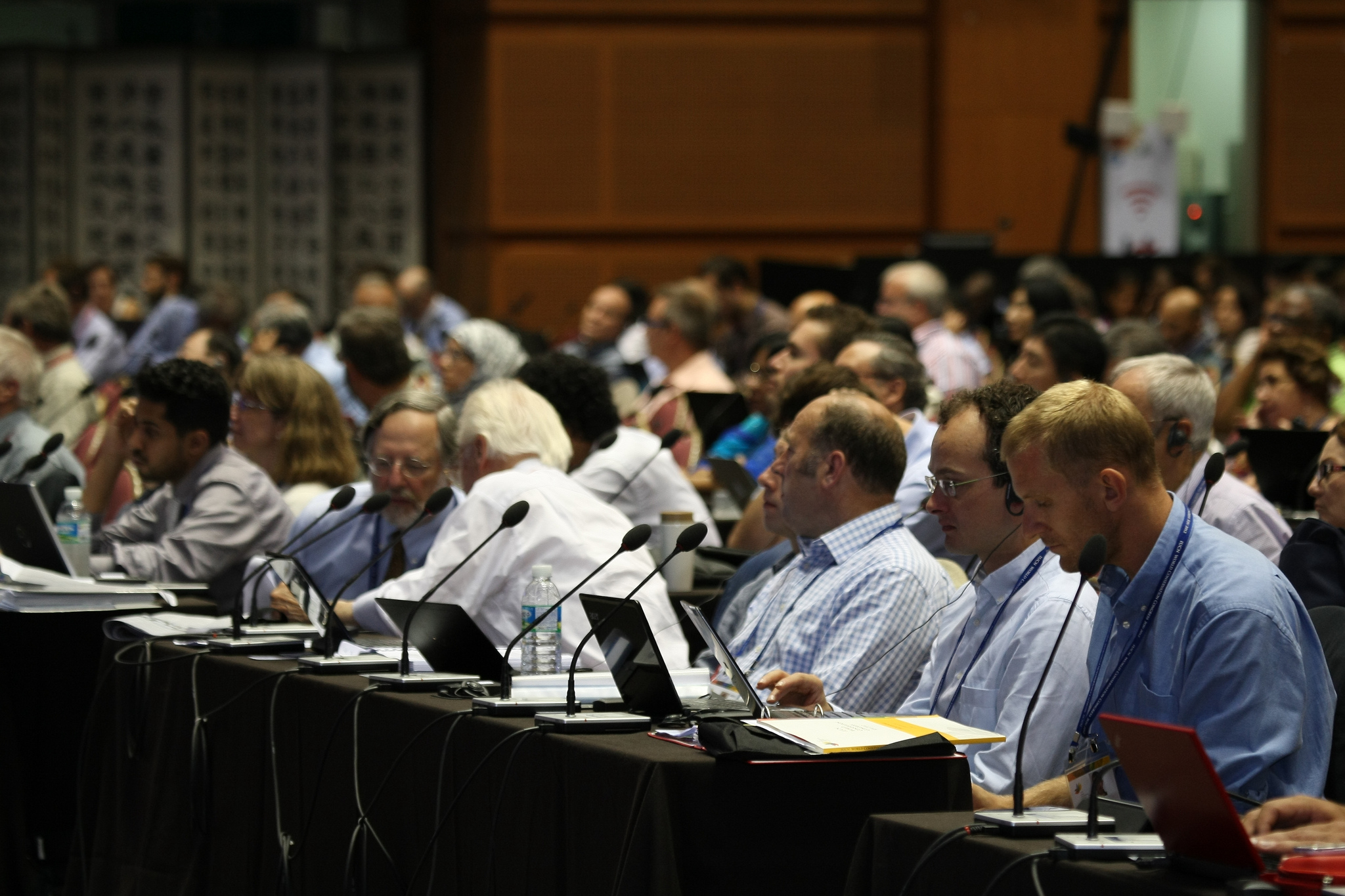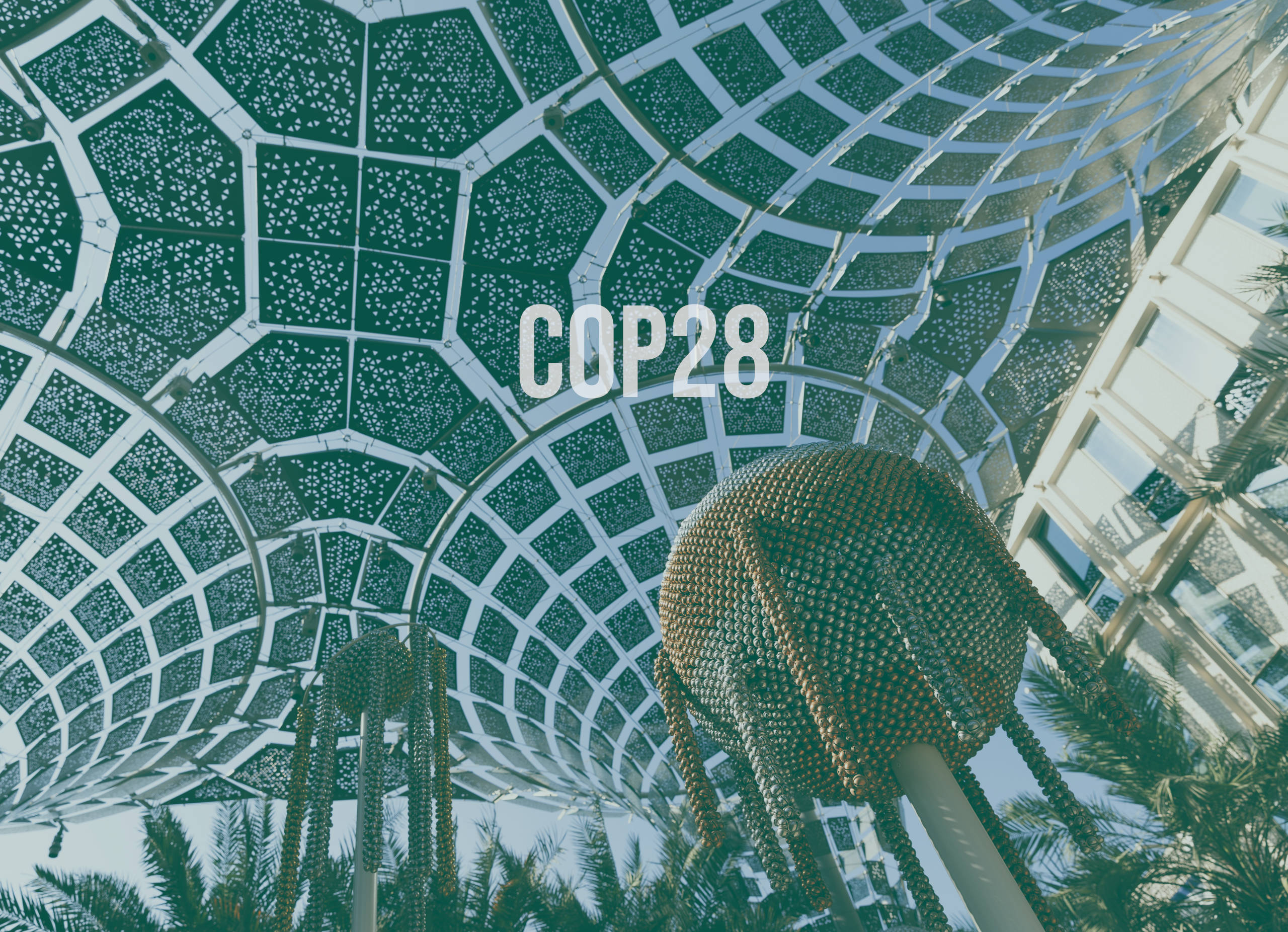An article by Alexis Bernigaud
How can governments encourage innovation that protects environmental systems? We selected 3 policy proposals from Hepburn et al. to rise up to the challenge.
Policy 1: Put a Price on Natural Capital
The inadequate prices on key natural systems that support life on Earth is a major market failure: putting a price on natural capital would allow economic actors to take the environmental impact of their activity into account when making a decision. If producing harmful goods become more expensive, it will give a financial incentive to move away from dirty technologies and activities: this encourages a market in clean technologies to form, which encourages innovation in environmentally friendly technologies and clean research and development (R&D).
This can be achieved through direct pricing through taxation, the trading of emission permits or emission caps.
Policy 2: Support Environmentally friendly R&D
The limit of previously discussed regulations is that they only “punish”, and that they tend to favor innovations that are already relatively close to market: this means that if a technology isn’t directly usable for the firm, it will not invest in it. Additional subsidies are necessary to ensure the development of new technologies that will eventually be adapted to the firms’ needs.
Indirect fiscal incentives such as tax credits have the advantage of being predictable for financial planning, and not favoring a specific technology over another: this tool has been widely used and its efficiency (both on the amount of investment implied and on the results in terms of innovations) has been shown by recent studies.
Direct grants and loans are a second way of subsidizing firms. There is growing evidence on their impact on firms’ innovation outcomes, and one advantage is that resources can be targeted to areas where government intervention is particularly needed. However, the uncertainty associated with innovation should encourage governments to provide support to numerous projects and technologies to reduce the overall funding risk: the U.S. Department of Energy, for instance, managed to make money through its loan guarantee program despite the failure of the Solyndra project, because other successful projects outweighed the losses.
R&D in Government Laboratories and Research Institutes also have an important role to play, since clean energy patents or articles coming from government institutions are more likely to be cited than those coming from other institutions, and government research helps new energy technologies overcome roadblocks to commercialization (such as large capital expenses).
Policy 3: Judiciously Support Early-Stage Development
A “first mover” in technology faces important barriers because everything has to be made from scratch (training of personnel, legal arrangements…), which is why early-stage deployment of specific technologies must be supported.
Even if technology-specific deployment policies are less cost-effective than technology-neutral policies, their political feasibility could avoid crossing a planetary boundary where there is little time left for more economically efficient solutions: this is the case of renewable energy mandates, which are laws that require electricity supply companies to produce a certain percentage of electricity from renewable sources.
Other policy proposals include Supporting Collaborative R&D Arrangements and Reducing Barriers to Private Sector Financing. See the full paper here.






